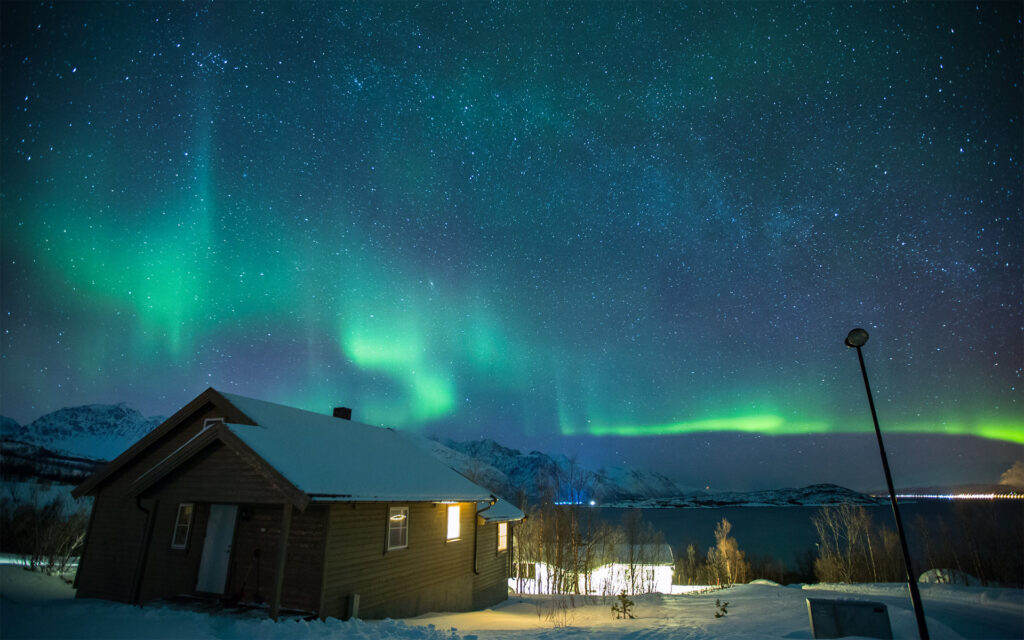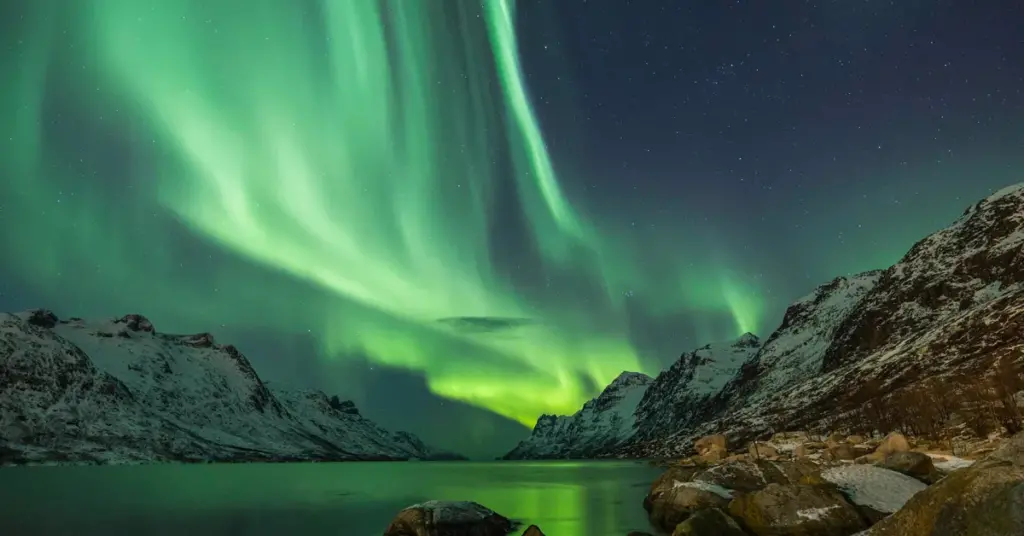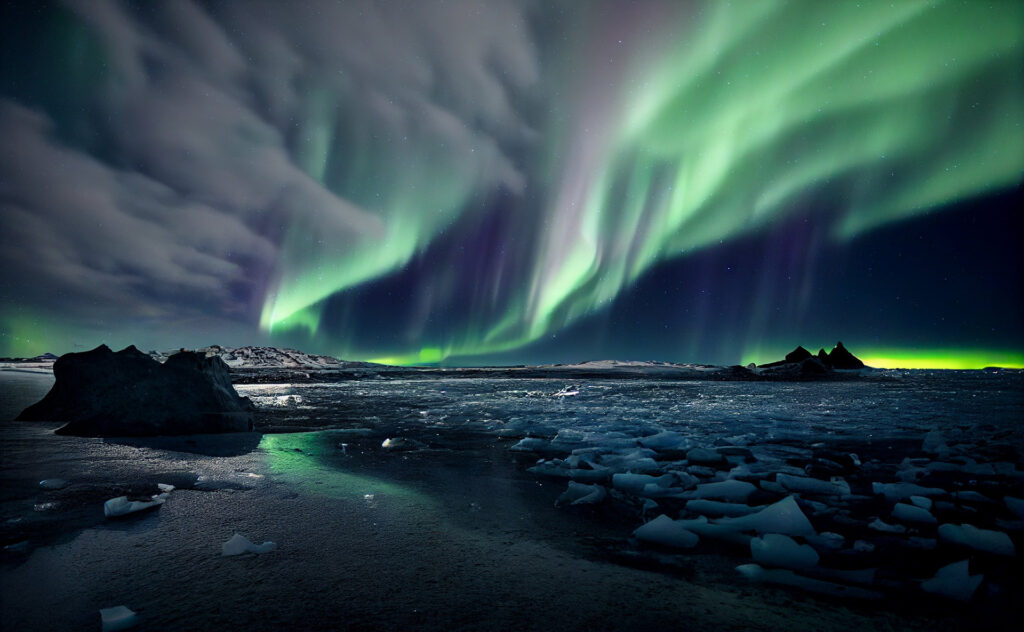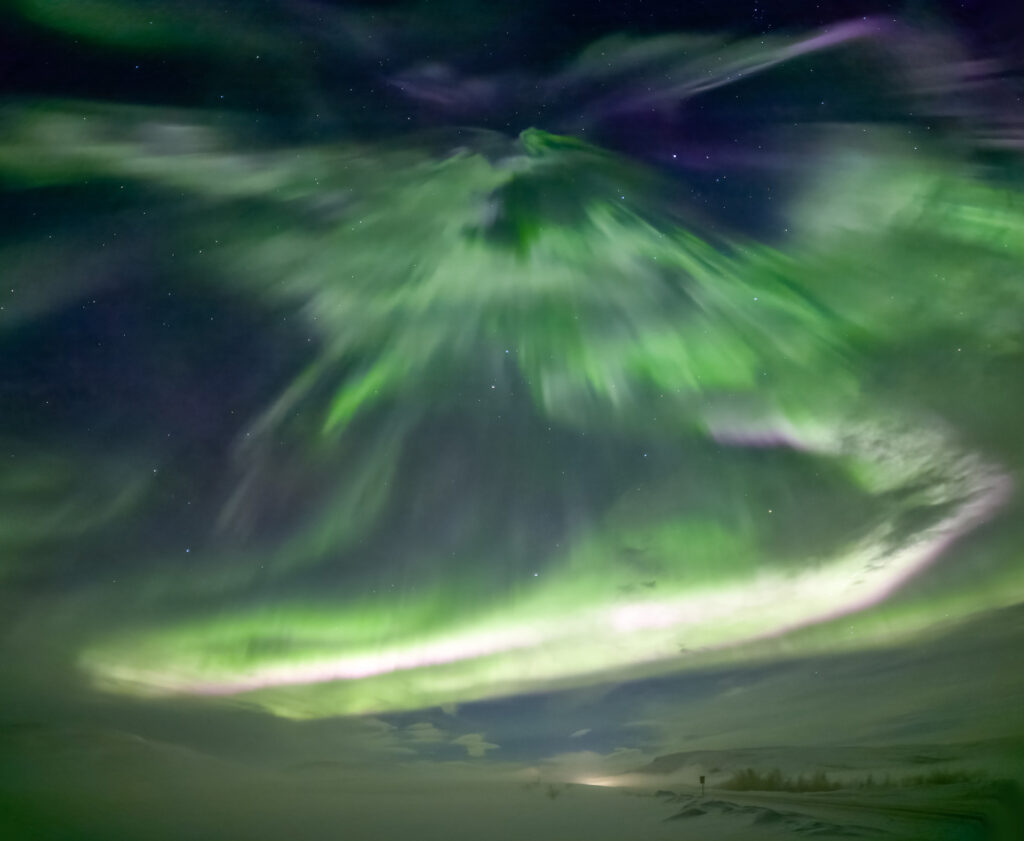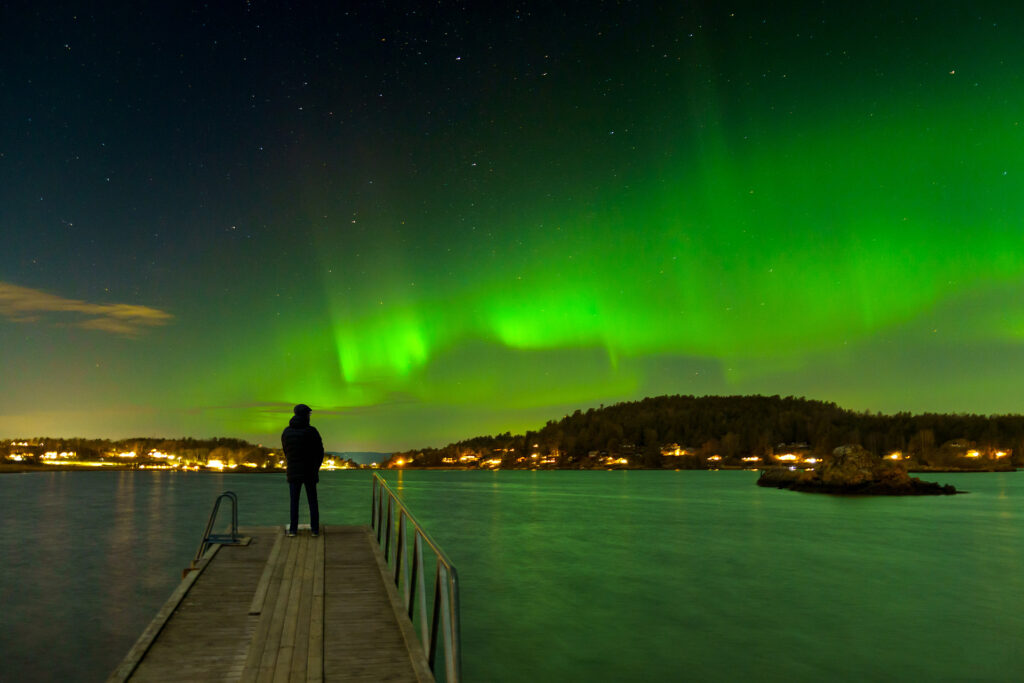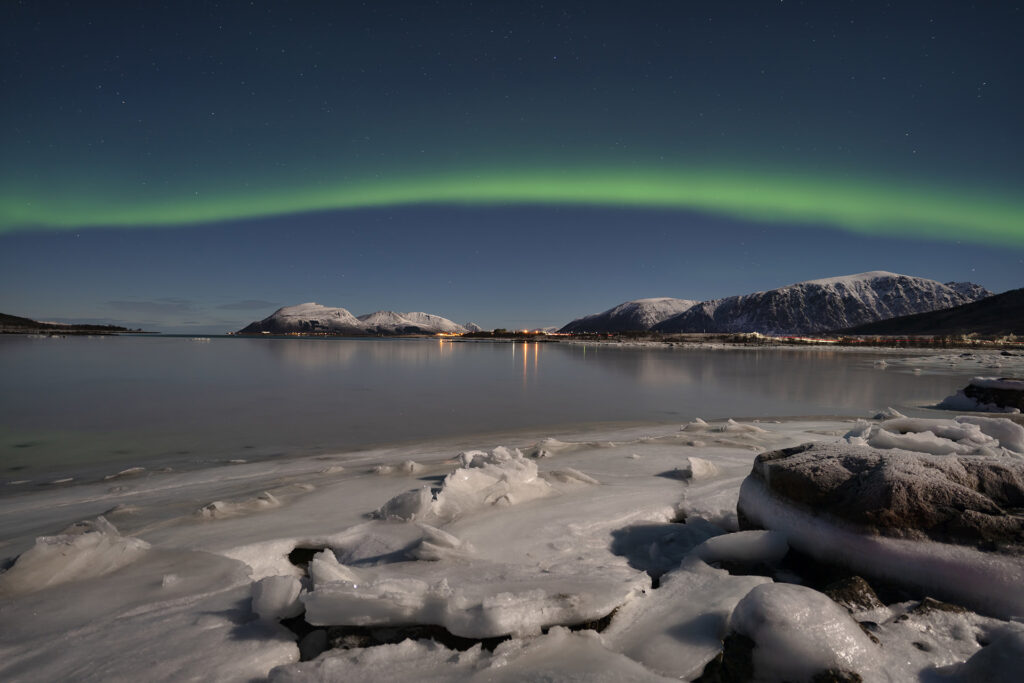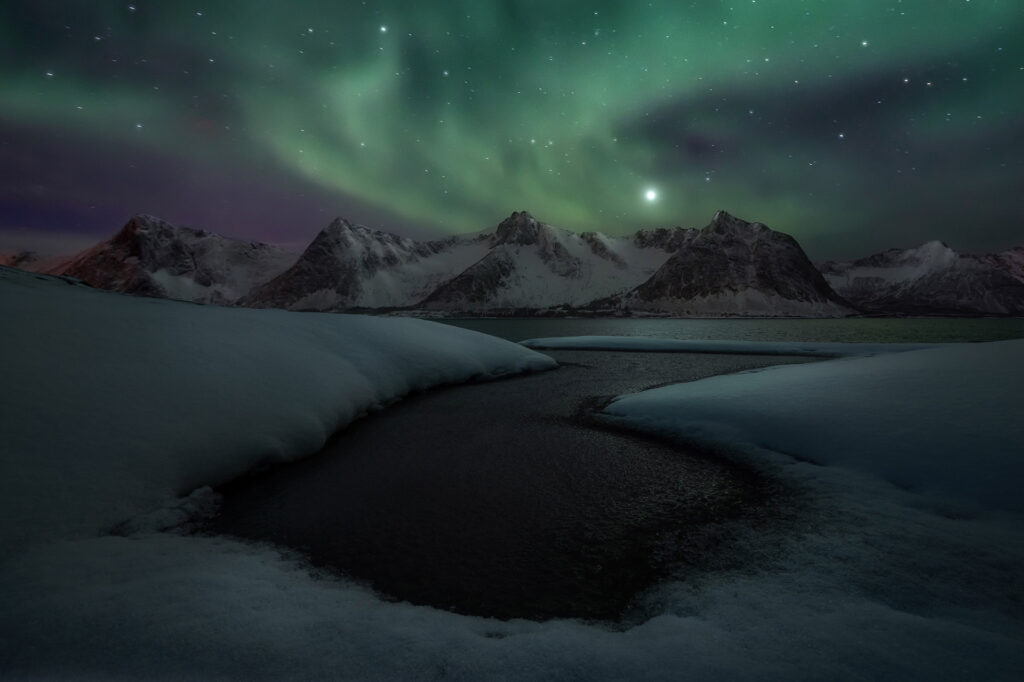Introduction
The Northern Lights, or Aurora Borealis, paint the Canadian skies with breath-taking hues. In this extensive guide, we’ll explore the best locations across Canada to witness this celestial dance.
Where to See the Northern Lights in Canada
-
Yellowknife, Northwest Territories
Yellowknife, located in the Northwest Territories of Canada, is famed as one of the best places in the world to witness the northern lights. The city’s unique position directly beneath the auroral oval ensures frequent and vivid displays of the aurora borealis. From late August to mid-April, visitors can enjoy breath-taking views of the lights from various spots around Yellowknife, including the popular Aurora Village. The long, clear nights of the northern winter provide ideal conditions for aurora viewing, making Yellowknife a top destination for aurora hunters. The vibrant northern lights add a magical touch to the pristine wilderness and serene landscapes surrounding the city.
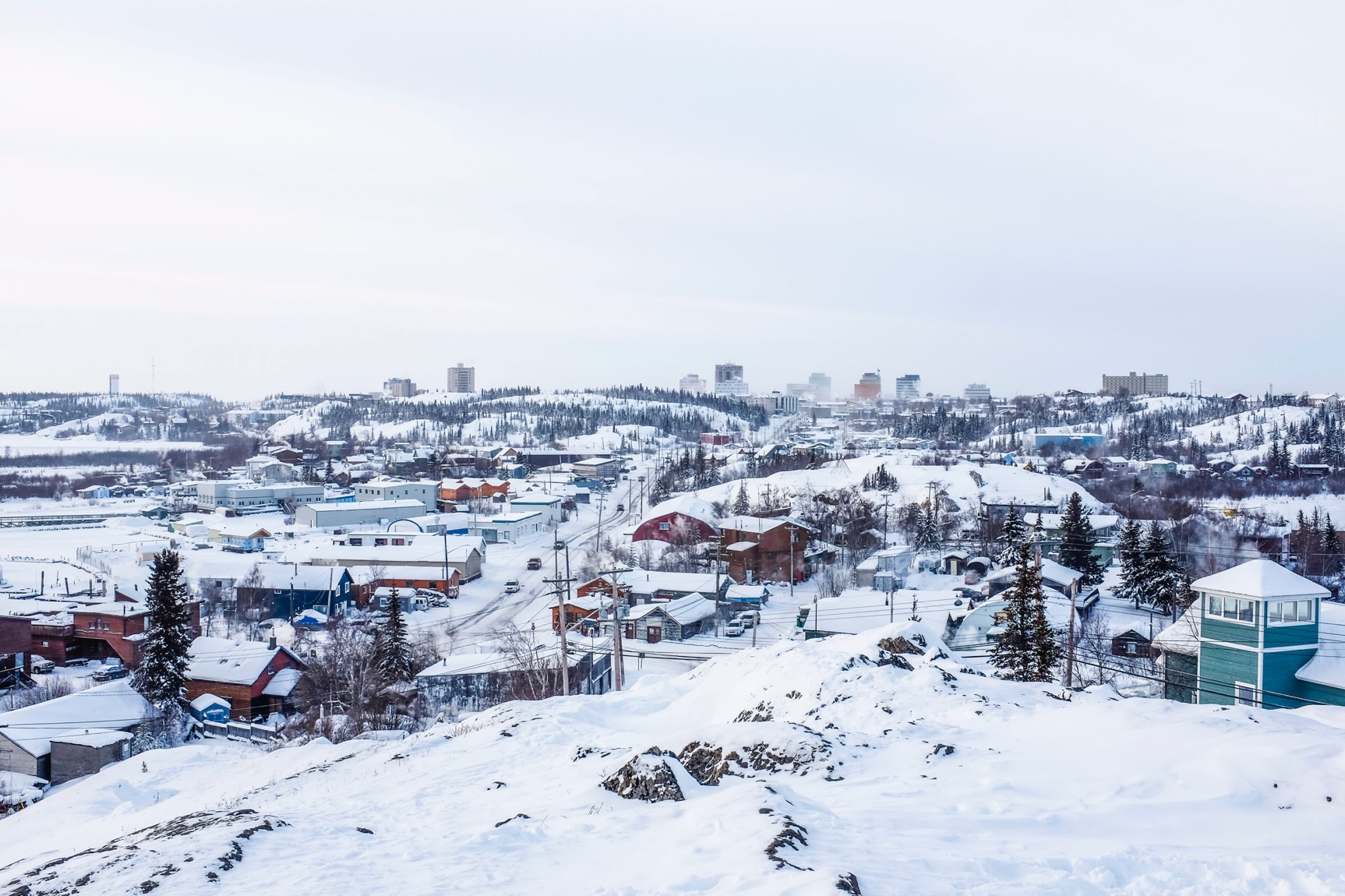
| ℹ️ View More |
| 🏡 Best Places to Stay in Yellowknife
🗺️ Our Highly Recommended Tours in Yellowknife
|
-
Whitehorse, Yukon
Whitehorse, the capital of the Yukon, is an exceptional destination for witnessing the northern lights. Nestled amidst the stunning wilderness of Canada’s far north, Whitehorse offers clear, dark skies that are perfect for aurora viewing. From late August to mid-April, the aurora borealis frequently illuminates the night, creating a mesmerizing spectacle. Visitors can enjoy this natural light show from numerous vantage points, such as Fish Lake and the Takhini Hot Springs. The enchanting dance of the northern lights against the backdrop of Whitehorse’s rugged landscapes makes for an unforgettable experience.
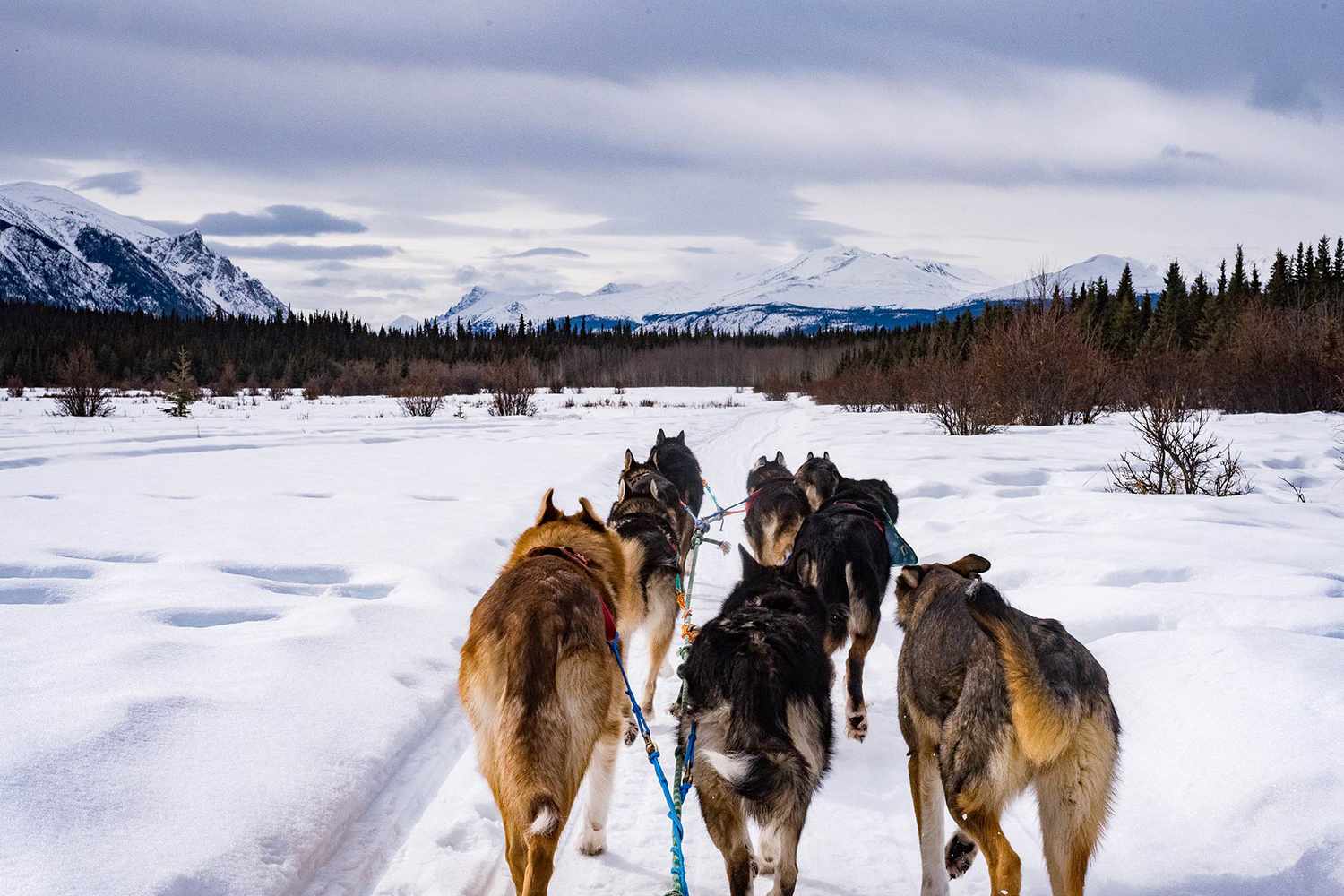
| ℹ️ View More |
| 🎫 Book Your Whitehorse Northern Lights Tour |
-
Churchill, Manitoba
Churchill, Manitoba, is a prime location for experiencing the awe-inspiring northern lights. Situated on the shores of Hudson Bay, Churchill offers some of the clearest and most consistent aurora borealis displays from January to March. The town’s remote location ensures minimal light pollution, providing perfect conditions for viewing the vibrant lights. Visitors can enjoy the spectacle from various spots, including specialized viewing lodges and tundra vehicles. The dazzling northern lights over the unique Arctic landscape of Churchill create a magical and unforgettable experience for all who visit.
| ℹ️ View More |
| 🏡 Where To Stay In Churchill |
-
Banff National Park, Alberta
A designated Dark Sky Preserve, Banff National Park offers pristine conditions for Northern Lights viewing. Banff National Park, nestled in the heart of the Canadian Rockies, is a premier destination for witnessing the awe-inspiring northern lights. The park’s vast, dark skies provide an ideal backdrop for this natural light show, free from urban light pollution. Visitors to Banff can enjoy this breath-taking phenomenon from various vantage points, such as Lake Minnewanka and the Icefields Parkway. The best time to catch the aurora borealis is during the winter months, when long nights and clear skies prevail. Experiencing the northern lights in Banff National Park adds a magical dimension to the already stunning alpine scenery.

 View More View More |
 Where To Stay In Banff Where To Stay In Banff |
-
Jasper National Park, Alberta
Away from city lights, Jasper National Park provides a secluded setting for Northern Lights enthusiasts. Jasper, located in Alberta, Canada, is renowned as the perfect location to watch the mesmerizing aurora borealis. This charming town, nestled within Jasper National Park, offers some of the darkest skies in North America, making it an ideal spot for stargazing and aurora viewing. During the winter months, visitors can frequently witness the northern lights dancing across the sky from various scenic locations such as Pyramid Lake and Maligne Lake. The Jasper Dark Sky Festival, held annually, celebrates this natural spectacle and attracts astronomy enthusiasts from around the world. Experiencing the northern lights in Jasper is a magical addition to the park’s stunning landscapes and abundant wildlife.

 View More View More |
 Where To Stay In Jasper Where To Stay In Jasper |
Best Times to See the Northern Lights in Canada
-
Solar Maximum Years
Follow the solar cycle for heightened aurora activity. Solar maximum years, occurring approximately every 11 years, offer exceptional displays.
-
Winter Months
The winter season, from September to April, provides extended periods of darkness, enhancing the visibility of the Northern Lights.
-
Clear, Dark Nights
Monitor weather conditions for clear, dark skies. Northern Lights are most vibrant when there’s minimal light pollution.

Conclusion
Canada’s expansive landscapes provide a canvas for the mesmerizing Northern Lights. From the aurora-rich skies of Yellowknife to the tranquil beauty of Banff and Jasper National Parks, each location offers a unique spectacle. Plan your Northern Lights adventure wisely, and let the Canadian night skies unfold their celestial wonders.
Frequently Asked Questions
Q: Where is the best place to see the Northern Lights in Canada?
A: Yellowknife, Northwest Territories, and Churchill, Manitoba, are renowned for exceptional Northern Lights displays.
Q: When is the best time to see the Northern Lights in Canada?
A: The optimal time is during solar maximum years and the winter months from September to April.
Q: Can you see the Northern Lights in Banff and Jasper National Parks?
A: Yes, both parks, designated Dark Sky Preserves, offer excellent conditions for Northern Lights viewing.
Q: Are the Northern Lights visible year-round in Canada?
A: While technically possible, the best visibility occurs during the winter months when nights are longer.
Q: How can I increase my chances of seeing the Northern Lights in Canada?
A: Choose locations with minimal light pollution, monitor solar activity, and visit during solar maximum years for vibrant displays.

